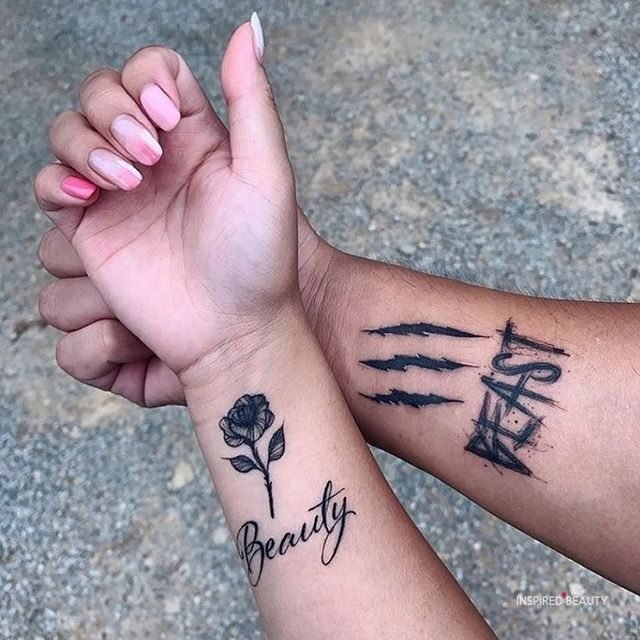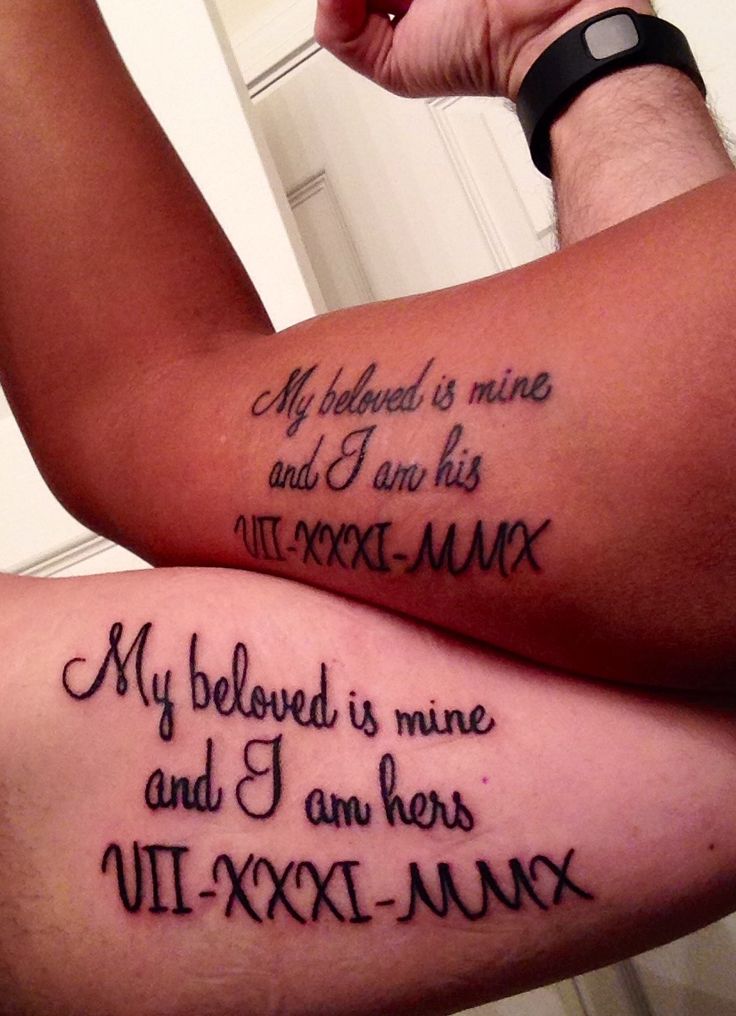Tattoos have evolved from being a form of body art to a powerful means of self-expression, with millions embracing this ancient practice as a way to adorn their skin with meaningful symbols, memorable experiences, and personal narratives. In recent years, tattoos have gained widespread acceptance, becoming an integral part of popular culture and a reflection of one's identity. This article delves into the world of tattoos, exploring their history, cultural significance, and the diverse artistic styles that make each tattoo a unique and captivating work of art.
A Brief History of Tattoos

The practice of tattooing has a rich and ancient history, dating back thousands of years. While the exact origins are shrouded in mystery, archaeological evidence suggests that tattoos have been part of human culture for millennia. Early civilizations, such as the Egyptians, Greeks, and Romans, utilized tattoos for various purposes, including religious rituals, social status indicators, and even as a form of punishment or identification.
One of the earliest known examples of tattooing can be traced back to Ötzi the Iceman, a 5,300-year-old natural mummy discovered in the Italian Alps. Ötzi's body bore numerous tattoos, believed to have been created using charcoal and tools made from sharpened animal bones. These tattoos, consisting of simple lines and crosses, are thought to have had therapeutic or medicinal purposes, offering insights into the medical practices of ancient societies.
As societies evolved, so did the art of tattooing. In the Pacific Islands, intricate and symbolic tattoos, known as tā moko, hold deep cultural significance among the Māori people of New Zealand. These tattoos, often featuring bold and distinctive patterns, are not only aesthetically appealing but also serve as a form of cultural identity and heritage.
The Cultural Significance of Tattoos

Tattoos have long been associated with various cultures and subcultures, often serving as a means of identification, expression, and storytelling. In many indigenous communities, tattoos are deeply rooted in tradition and spirituality, carrying significant cultural weight. For example, the Irezumi style of tattooing in Japan, which features vibrant and detailed designs, has a rich history dating back to the Edo period. These tattoos often depict mythological creatures, nature scenes, and symbols of strength and resilience.
In Western cultures, tattoos have evolved to become a form of self-expression and a way to commemorate important life events. From subtle and delicate designs to bold and colorful pieces, tattoos can represent personal milestones, pay tribute to loved ones, or showcase one's passions and interests. Tattoos have also become a symbol of rebellion and non-conformity, especially in the punk and rock music scenes, where body art is often used as a form of protest or as a means to challenge societal norms.
Exploring Artistic Styles and Techniques
The world of tattoo art is incredibly diverse, offering a myriad of styles and techniques to suit every taste and preference. Here's a glimpse into some of the most popular tattoo styles:
Realistic Tattoos
Realistic tattoos aim to capture the essence of a subject with stunning precision. Artists skilled in this style create tattoos that resemble photographs, often featuring intricate details and shading. These tattoos can range from portraits of loved ones to breathtaking landscapes or even hyper-realistic depictions of animals and insects.
| Style | Description |
|---|---|
| Photorealism | Captures the subject's image with exceptional detail, often requiring advanced techniques and precision. |
| Fine Line Realism | Uses thin, delicate lines to create realistic portraits or scenes, emphasizing subtle details. |

Blackwork and Geometric Tattoos
Blackwork tattoos embrace the power of black ink, often featuring intricate patterns and designs. These tattoos can range from traditional tribal motifs to modern geometric shapes, creating visually striking and often symbolic pieces. Geometric tattoos, in particular, utilize precise lines and shapes to form captivating compositions.
| Style | Description |
|---|---|
| Tribal Tattoos | Inspired by ancient tribal designs, often featuring bold lines and symbolic patterns. |
| Geometric Abstract | Explores abstract shapes and forms, creating unique and modern tattoo designs. |
Watercolor and Neon Tattoos
Watercolor tattoos bring a vibrant and artistic flair to the skin, mimicking the vibrant colors and flowing nature of watercolor paintings. These tattoos often feature blurred edges and a sense of movement, creating a beautiful and unique aesthetic. Neon tattoos, on the other hand, use bright and fluorescent colors to create eye-catching designs, often inspired by pop culture or urban art.
| Style | Description |
|---|---|
| Watercolor Tattoos | Captures the beauty of watercolor paintings, often featuring soft and blended colors. |
| Neon Ink | Utilizes vibrant and fluorescent colors to create bold and eye-popping tattoos. |
The Art of Tattooing: A Personal Journey
Tattoos are not merely decorative; they often carry deep personal meanings and represent significant moments in one's life. For many individuals, getting a tattoo is a transformative experience, a way to mark a personal milestone or celebrate an achievement. Whether it's a small and subtle design or a large-scale piece, the process of choosing and acquiring a tattoo is an intimate and thoughtful journey.
Some individuals opt for tattoos as a form of self-care and self-love, adorning their bodies with positive affirmations or reminders of their strengths. Others use tattoos as a means of healing, commemorating loved ones who have passed away or overcoming personal struggles. The act of tattooing can be therapeutic, providing a sense of empowerment and a tangible connection to one's inner self.
The Importance of Research and Finding the Right Artist
When embarking on the journey of getting a tattoo, it's crucial to research and find an artist whose style and expertise align with your vision. The tattoo industry is vast, with artists specializing in various styles and techniques. Taking the time to explore portfolios, read reviews, and even consult with potential artists can ensure a positive and satisfying experience.
Additionally, understanding the process and aftercare of tattoos is essential. From choosing the right placement to ensuring proper healing and maintenance, being informed can contribute to a more enjoyable and long-lasting tattoo experience. Many artists offer consultations to discuss ideas, provide advice, and ensure that the final design meets the client's expectations.
The Future of Tattoos: Innovations and Trends

The world of tattoos is ever-evolving, with new techniques and trends emerging regularly. As technology advances, so does the art of tattooing. One exciting development is the use of 3D printing technology to create custom tattoo stencils, allowing for precise and intricate designs. Additionally, the rise of digital tattooing, where artists use digital tools to create virtual tattoos, offers a unique and experimental approach to body art.
In terms of trends, the focus on sustainability and eco-friendly practices is gaining traction in the tattoo industry. Many artists are adopting environmentally conscious approaches, using vegan inks and implementing recycling programs in their studios. This shift towards sustainability not only benefits the environment but also showcases the industry's commitment to responsible practices.
Tattoo Removal and Revisions
With the increasing popularity of tattoos, the demand for tattoo removal and revisions has also risen. Laser tattoo removal has become a common procedure, offering a safe and effective way to remove unwanted tattoos. Additionally, tattoo artists are now offering revision services, where old tattoos can be transformed into new and improved designs, allowing individuals to evolve their body art alongside their personal journeys.
Frequently Asked Questions
How much does a tattoo typically cost?
+
The cost of a tattoo can vary widely depending on factors such as the artist’s reputation, the complexity of the design, and the size of the tattoo. On average, prices can range from 50 to 200 per hour, with larger and more intricate pieces costing more. It’s important to consult with the artist and obtain a quote based on your specific design and requirements.
Are tattoos painful?
+
The pain associated with tattoos can vary from person to person. While some describe it as a mild discomfort similar to a mosquito bite, others may find it more intense. The pain can also depend on the location and size of the tattoo. However, many tattoo artists use various techniques to minimize discomfort, and the end result is often worth the temporary sensation.
How long does it take to heal a tattoo?
+
The healing process for a tattoo typically takes around 2-3 weeks. During this time, it’s important to follow proper aftercare instructions provided by the artist. This includes keeping the tattoo clean, avoiding direct sunlight, and moisturizing regularly. It’s crucial to allow the tattoo to heal properly to ensure the best results and minimize the risk of infection.
Can tattoos be removed completely?
+
Yes, tattoos can be removed through laser tattoo removal procedures. These procedures use lasers to break down the ink particles, allowing the body to naturally remove them. However, it’s important to note that tattoo removal is a gradual process that requires multiple sessions and may not completely erase the tattoo. The effectiveness can vary depending on factors such as ink color, tattoo age, and skin type.
What should I consider before getting a tattoo?
+
Before getting a tattoo, it’s crucial to carefully consider your decision. Ensure that you are emotionally and financially prepared for the commitment. Research the artist’s work and reputation, and seek references or reviews. Discuss your design ideas with the artist and ensure you are comfortable with their approach. Remember, tattoos are permanent, so take your time and make an informed decision.